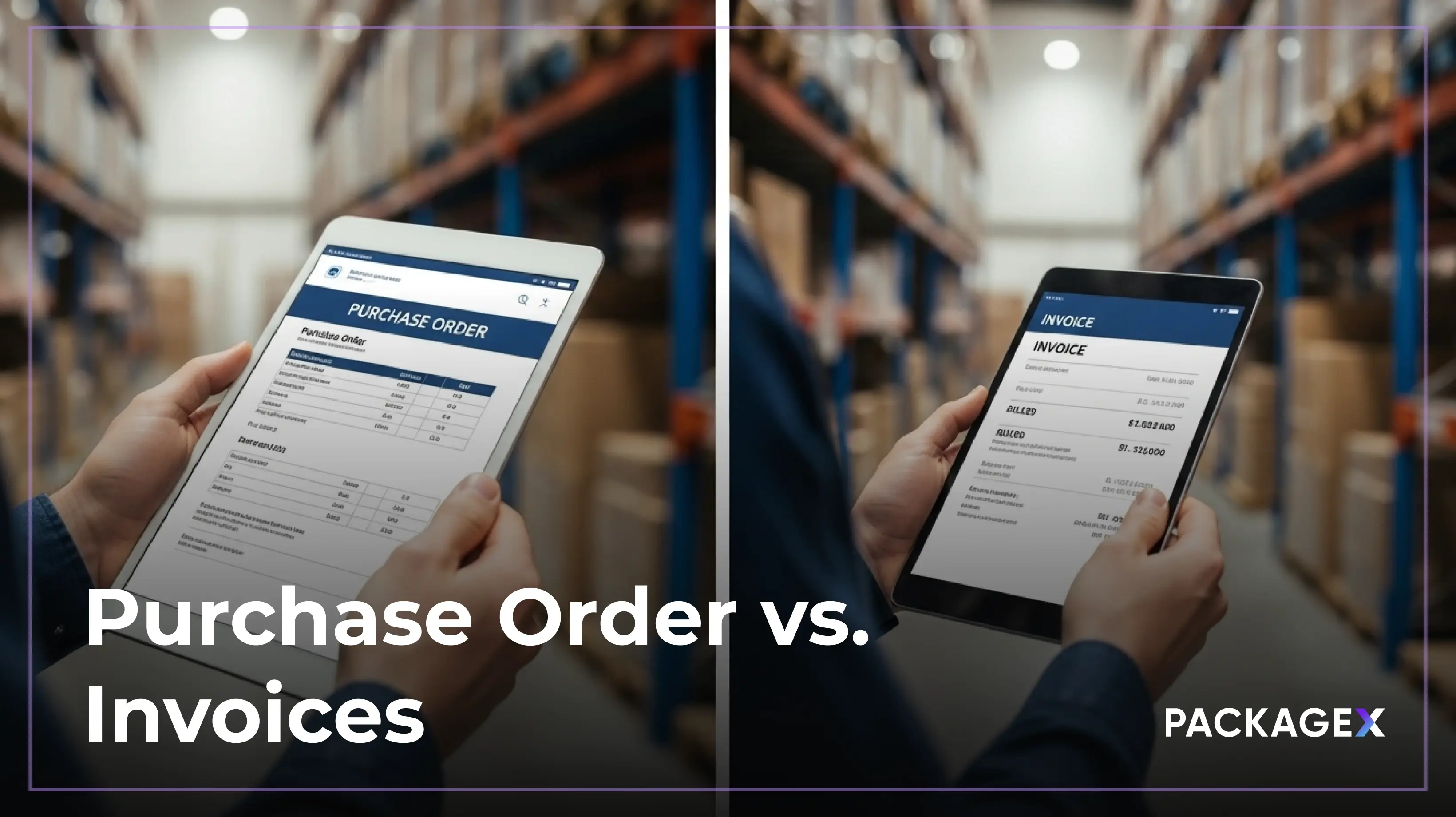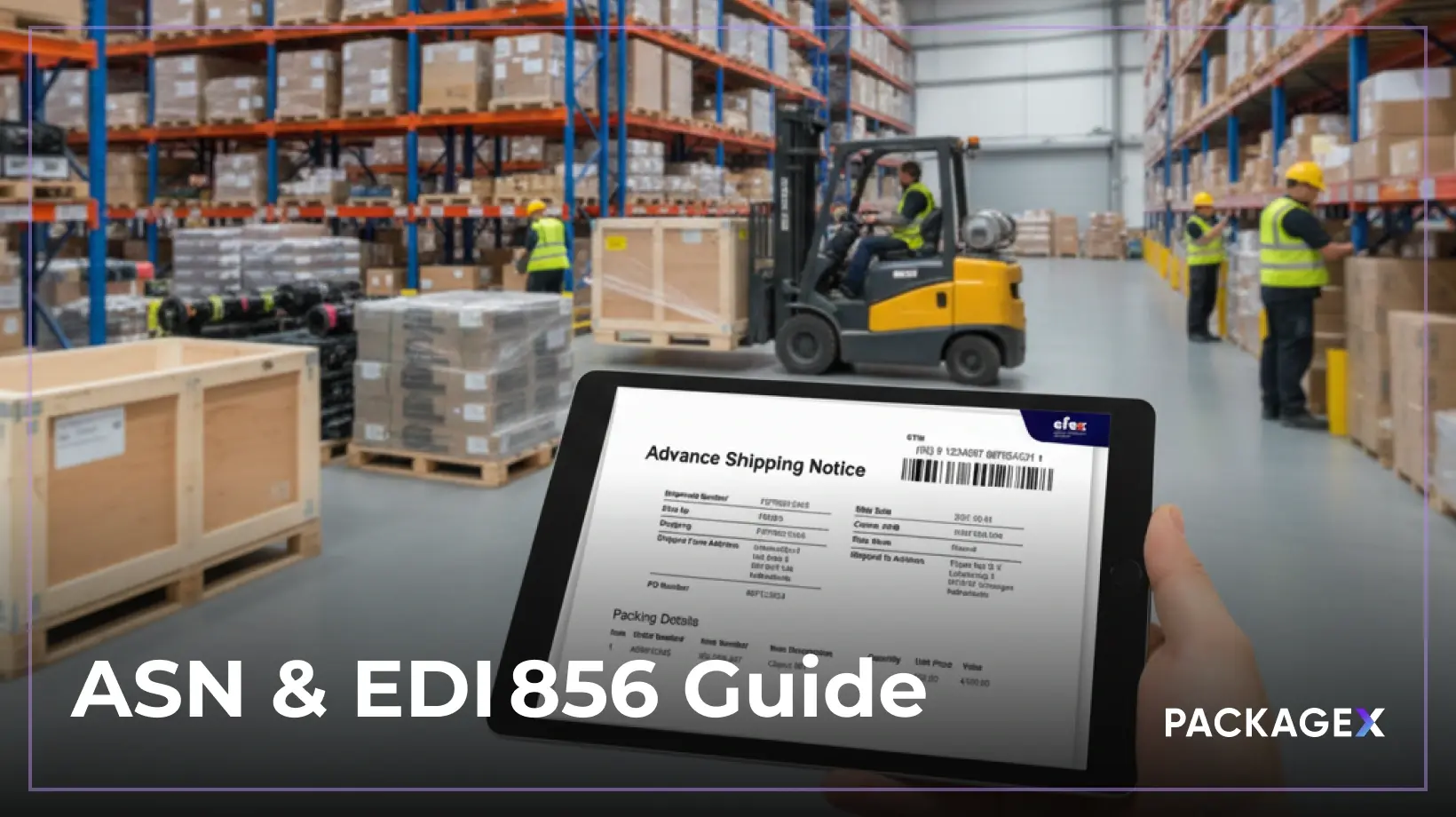AI is here to change industries radically, and the construction business is no exception to this. Construction and building logistics are undergoing a great upgrade, driven by the introduction of artificial intelligence and automation.
In this blog post, we will examine all the ways in which AI is impacting building logistics and discuss some common challenges of integrating AI into your business.
Read on to learn more about how AI can help you in your logistics.
1. Demand Forecasting and Predictive Analytics
Every business, yours included, needs to have a solid grasp of future demand. If you know what’s coming, you can stock up on the right materials, avoid unnecessary inventory, and keep operations running smoothly.
Accomplishing this is not as simple as it sounds. If you’re dealing with global supply chains or a wide variety of materials, forecasting demand can feel like a guessing game.
That’s where AI-powered demand forecasting comes in. Using machine learning, AI can analyze historical data, market trends, weather conditions, and even economic shifts to predict what materials you’ll need and when. This helps prevent overstocking, cuts down on waste, and ensures you’re never caught off guard by material shortages.
Take Caterpillar, for example. They use AI-driven predictive analytics to anticipate demand and optimize their supply chain, ensuring their construction equipment and materials are always where they need to be — on time and ready to go.
2. Warehouse Automation
Your warehouse is the heart of your logistics operation. If things aren’t running smoothly there, the whole supply chain takes a hit. AI and automation are changing the game by improving inventory management, order fulfillment, and overall efficiency.
Automated storage and retrieval systems (ASRS), robotic picking systems, and AI-driven inventory tracking mean fewer human errors, faster processing, and lower operational costs. Amazon’s fulfillment centers are a great example. They use advanced robotics and AI sorting systems to speed up inventory management.
Similarly, Prologis, a logistics real estate company, has integrated AI-powered warehouse automation to optimize storage for construction materials.
3. Route Optimization
Getting materials to a job site efficiently is just as important as having them in stock. AI-powered route optimization tools come in handy here.
They analyze real-time traffic data, weather conditions, and road restrictions to find the fastest, most cost-effective delivery routes.
For example, AI-driven logistics platforms can automatically reroute delivery trucks if there’s unexpected traffic or a road closure. This not only saves time and fuel but also reduces wear and tear on your vehicles, which saves you money in the long run.
UPS’s ORION system is a prime example. It uses AI to optimize delivery routes, reduce fuel consumption, and improve efficiency. Many construction logistics companies are following suit, ensuring that materials arrive on time every time.
4. Autonomous Vehicles
AI-powered self-driving trucks and drones are making waves in logistics, offering a safer, more efficient, and cost-effective alternative to traditional transportation methods.
Self-driving trucks can transport materials over long distances with minimal human intervention, reducing labor shortages and cutting down on delays.
At the same time, drones are solving the issues of last-mile deliveries by swiftly transporting smaller materials to construction sites, even in hard-to-reach or heavily congested areas.
Big players like Volvo and Tesla are leading the way in autonomous truck development, while startups like Zipline and Wing are already using drones to deliver materials to hard-to-reach job sites.
5. Risk Mitigation
No one likes surprises when it comes to supply chains and job site safety. AI helps you spot risks before they become real problems, whether it’s supplier issues, weather disruptions, or geopolitical factors messing with material availability.
With AI-driven risk assessment, you can predict potential delays and automatically find alternative suppliers or routes. AI-powered safety gear can also monitor worker conditions in real-time, preventing accidents before they happen.
Take Oracle, for example. Their AI-driven risk assessment solutions help construction firms anticipate supply chain disruptions and tweak procurement strategies accordingly. Meanwhile, Guardhat has developed AI-enabled wearables that monitor workers’ safety, reducing on-site accidents.
6. Fraud Detection
Fraud in building logistics? It’s more common than you think. Fake invoices, unauthorized transactions, and sketchy suppliers can cost your business big time. AI helps detect and prevent fraud by analyzing transaction patterns and flagging anything suspicious.
For instance, AI-powered contract management systems can verify supplier authenticity and catch invoice discrepancies before they drain your budget. Some companies are even integrating blockchain with AI for extra security and transparency in procurement.
A good example is SAP’s AI-driven fraud detection systems, which help construction firms verify suppliers and spot financial inconsistencies, stopping fraud before it happens.
7. AI-Enabled Employee Training
Training your team is crucial, but traditional methods can be slow, expensive, and sometimes risky. AI-powered augmented reality (AR) simulations offer a safer, faster, and more engaging way for employees to learn.
Picture this: warehouse staff practicing with automated forklifts and robotic picking systems in an AR setting before stepping onto the actual floor. AI also personalizes training, adapting lessons based on employee progress so they learn at their own pace.
Big names like Bechtel are already using AI-driven VR training simulations to prepare workers for complex logistics and construction tasks. It boosts productivity while reducing training-related risks.
8. Cost Optimization
AI isn’t just about efficiency; and it’s also about cutting costs across the board. From optimizing inventory levels to reducing transportation expenses and minimizing human errors, AI helps companies save money without sacrificing quality.
For example, AI-based energy management systems can adjust warehouse lighting and climate control based on real-time occupancy, slashing utility bills.
Meanwhile, predictive maintenance ensures equipment gets serviced before it breaks down, reducing costly downtime.
Take Siemens, for instance. Their AI-driven energy management systems optimize warehouse climate control, lowering operational costs. Meanwhile, IBM’s predictive maintenance solutions help construction firms prevent expensive equipment failures before they happen.
9. Scalability
As your business grows, your logistics need to keep up — without your costs skyrocketing. AI-powered solutions scale effortlessly, helping you handle increasing material volumes and deliveries without constantly hiring more staff or expanding facilities.
Cloud-based AI platforms coordinate multiple construction sites, ensuring materials get where they need to be when they need to be there.
Automated inventory management systems can help in this regard, as they expand seamlessly to fit larger warehouses. Predictive analytics also come in handy as they adjust logistics strategies based on project demands. AI can also optimize fleet management, where it adjusts delivery schedules dynamically to maximize efficiency and reduce downtime.
A great example is Katerra, a tech-driven construction company that uses AI and automation to streamline procurement and logistics. Thanks to AI, they can scale up fast without significantly increasing operational overhead.
Other companies are also using AI to automate order processing and warehouse workflows, making sure that rapid growth doesn’t come with logistical bottlenecks.
Integration Challenges
So, thinking about integrating AI and automation into your building logistics? It’s a game-changer, of course, but let’s be real: there are some hurdles to tackle before you see the full benefits.
First, your existing systems might not integrate nicely with AI. Many construction and logistics businesses still run on outdated software that was not built with automation in mind. Upgrading everything can be pricey and time-consuming, but without it, AI won’t reach its full potential.
Then there is the data problem. AI thrives on accurate, well-organized data, but in construction and logistics, information is often scattered across different platforms and teams. If your data is not clean and consistent, AI-driven insights won’t be as useful as they should be.
Another challenge? Getting your team on board. AI and automation can seem intimidating, and some employees might worry about job security. A solid training program and clear communication about how AI will help (rather than replace) them is key.
Finally, cost and security. AI requires an upfront investment in both technology and cybersecurity. Plus, staying compliant with industry regulations adds another layer of complexity.
The good news? If you can navigate these challenges, AI can make your logistics smoother, faster, and, ultimately, more profitable.
How PackageX Can Help
This is where PackageX can help you. We support you in streamlining AI integration into your building logistics with our variety of solutions and expert team.
FAQs
How is AI transforming the logistics industry?
AI is revolutionizing the logistics industry by optimizing route planning, demand forecasting, and warehouse automation. It enhances efficiency in building logistics by reducing costs and improving delivery speed.
How is automation used in logistics?
Automation in logistics streamlines inventory management, parcel tracking, and last-mile delivery. AI-powered systems improve efficiency in building logistics, ensuring faster and more accurate operations.
What are the benefits of AI and automation in logistics?
AI and automation enhance logistics efficiency by reducing errors, optimizing supply chain operations, and improving delivery speed. They help businesses scale operations and cut down costs in building logistics.

.avif)



.webp)